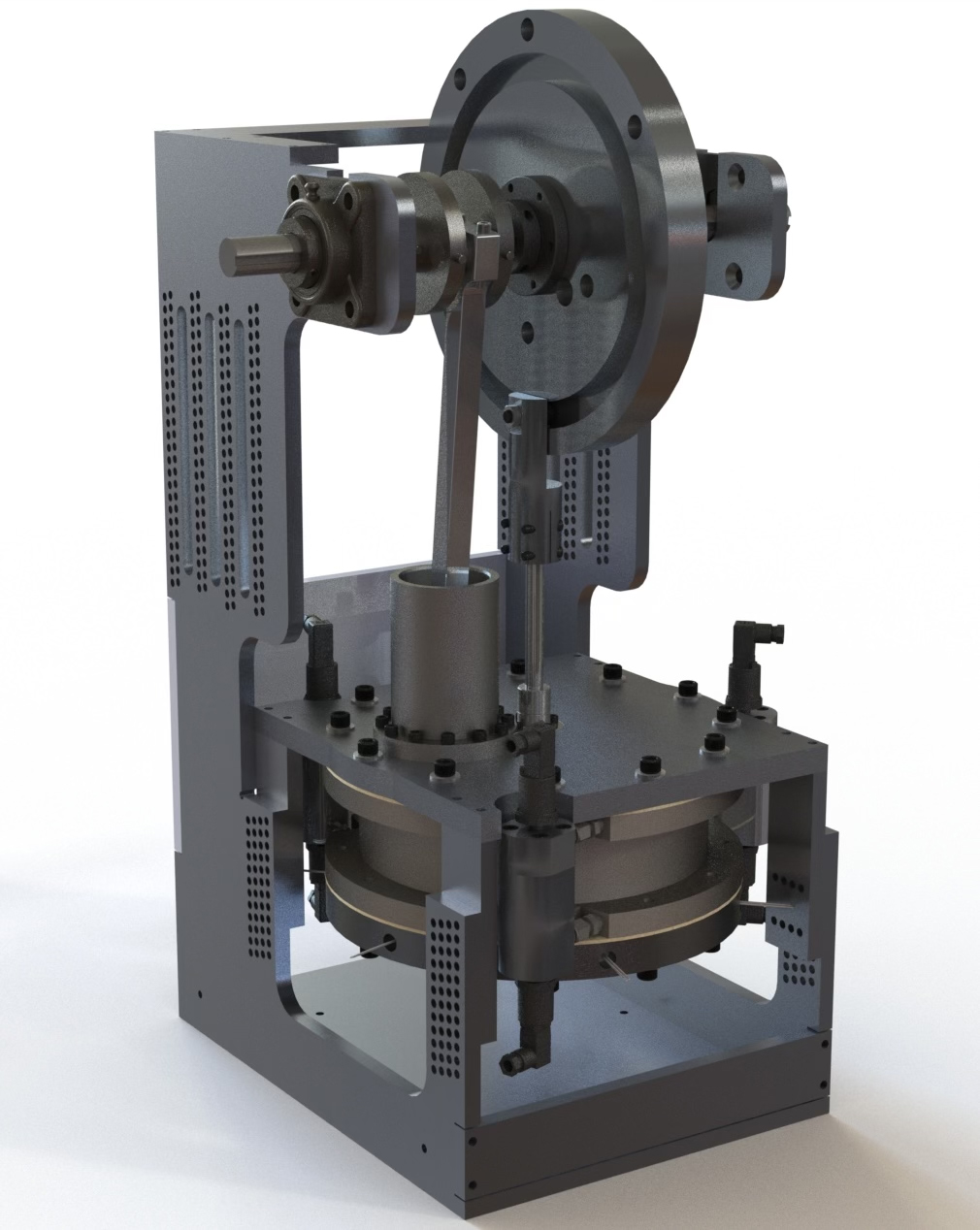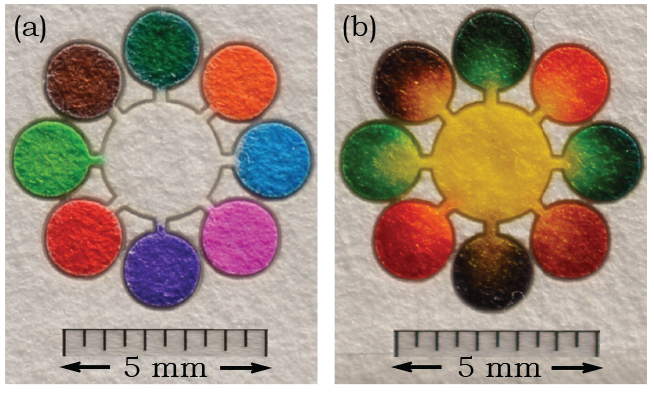Past Research
Paper-based Microfluidic Tests
We developed a number of tests using paper-based and textile-based microfluidic platforms, and devised new methods for fabrication and flow characteristics in capillary-driven devices. Paper-based devices have the advantages of being affordable, equipment-free, disposable, rapid, safe, and easy-to-use. We developed a paper-based test to detect arsenic contamination in the groundwater in Bangladesh, and verified the tests with water samples collected from hand tubewells in Bangladesh. Our research into paper-based and textile-based platforms encompassed both modelling and experiments about the capillary-driven flow behaviour, fabrication techniques, incorporation of reactants and control of reaction zones, field testing, and impact of the technology.
Evaporative Cooling using Sessile Droplets
Our research aimed to improve evaporative cooling technology by enhancing evaporation rates of sessile droplets through manipulation of interfacial properties. We investigated evaporation rate enhancements both experimentally and through modelling, and developed and designed improved evaporative cooling systems with high energy efficiency. Marangoni convection is an example of an interfacial phenomenon that has been shown to enhance evaporation rates and in certain cases is responsible for some of the energy transport to the interface of evaporating sessile droplets. Evaporative cooling systems can play a crucial role in meeting the rising demand for thermal management, particularly in fields requiring high heat removal density, like microelectronics.
Energy Efficient Desalination with Microfluidic Devices
We developed a scalable, out-of-plane desalination approach using a phenomenon at the confluence of micro- and nano-fluidics, known as "ion concentration polarization."
The devices were capable of producing fresh water from sea water in an energy efficient and scalable manner, which is particularly important for people in developing countries (where electricity is expensive and/or scarce) to have access to fresh water. The out-of-plane design enables multiplexing in three dimensions, providing the functional density required for practical application.
Development of Integrated Microfluidic Point-of-care Diagnostic Devices (Lab-in-a-Pen)
We developed a low cost, simple and integrated device for medical diagnostics in low-resource settings called the lab-in-a-pen. Finger pricking, and sample collection and processing, were integrated with commercially available paper-based assays in a pen format. This approach ensures safety (i.e. biological sample and sharps containment) and can be used by untrained end users across multiple settings.
A partnership with the National Hospital for Tropical Disease in Hanoi, Vietnam enabled in-field testing of the prototype devices with patients for Hepatitis B surface antigen (HBsAg) and Hepatitis B 'e' antigen (HBeAg).
Onset of Marangoni Convection for Evaporating Fluids
We investigated the stability of evaporating liquid sheets, conical funnels, and sessile droplets. Linear stability analyses were used to generate stability parameters with insulating and conducting substrates to predict the onset of Marangoni convection. Parametric analyses were completed for the stability parameters to determine the influence of the input parameters on the onset criteria.
The stability parameters can be used to predict the onset to Marangoni convection for physical systems, and are particularly useful since they contain no arbitrary fitting parameters. Applications for these predictions include designing energy efficient thermal management for microelectronics devices, manipulating pattern formation for coatings, and self-assembly using evaporating sessile droplets.
Hydrogen Storage in Metal Hydrides
We investigated external heat transfer enhancements on metal hydride hydrogen storage tanks using a numerical model that we developed. We examined thermal coupling with energy converters (fuel cell pictured at right) using a numerical model that was capable of dynamic simulations, which could model cyclical loading and represent accurate operating conditions.
An experimental investigation was completed using commercially available and proprietary metal hydride alloys from an industrial partner to validate the model. A parametric study was also undertaken to understand the relative importance of the design parameters and facilitate design of metal hydride hydrogen storage systems.











